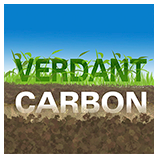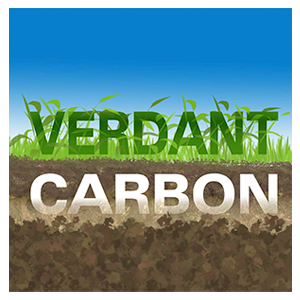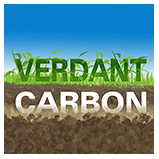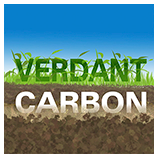What we do
|
Whilst assessing soil carbon, we hope to work with a farmer, throughout the process to build robust shared knowledge.
We have a preliminary interview where we discuss how we can help each client and sort the details of where/how we are coring. Each field’s soil sampling strategy will be stored digitally, allowing us to keep a record of how/where cores were taken, maintaining a chain of evidence that can be used later to demonstrate carbon validity. If adjustments need to be made, or a supplementary strategy is implemented, this can be recorded on the main file, with attached reasoning. A key benefit of an on-site visit is it allow us to use a mechanised coring machine, this allows us to take samples more frequently, but also to take cores of a greater depth. Soil cores, we take ourselves, can go to up to 1m (or until bedrock), this can give a greater understanding of the carbon capture at depth, that would be expected under settled systems such as no-till or permanent pastures. If you would rather collect samples yourself, let us know beforehand and we can accept and assess soils shipped to us. Vertical Divider
|
Once the cores are back at the lab, we break them down into layers, to give us a sample, usually each layer is tested separately, however we can test according to a clients requirements. This gives data across the whole field and going down through the field. This increased profile can reveal the impacts of management at depth, provide suggestions for maximising carbon capture and provide evidence for carbon sequestration security.
Precision and accuracy are of the utmost importance in ensuring the results of a survey can be applied to whatever situation. To this end we are testing our samples using elemental analysis, rather than loss on ignition (LOI), this gives more accurate results and requires no post-test adjustments. We are working to develop a method for storing our results on the blockchain, this means the data is held securely on a decentralised system. It maintains a flexible record of additions to the dataset, tracking changes and access over time. Farmers can select to whom they give access to their farms data. In the long term, both researchers and carbon traders could be interested in accessing and assessing carbon data and associated meta-data. |
|
|




